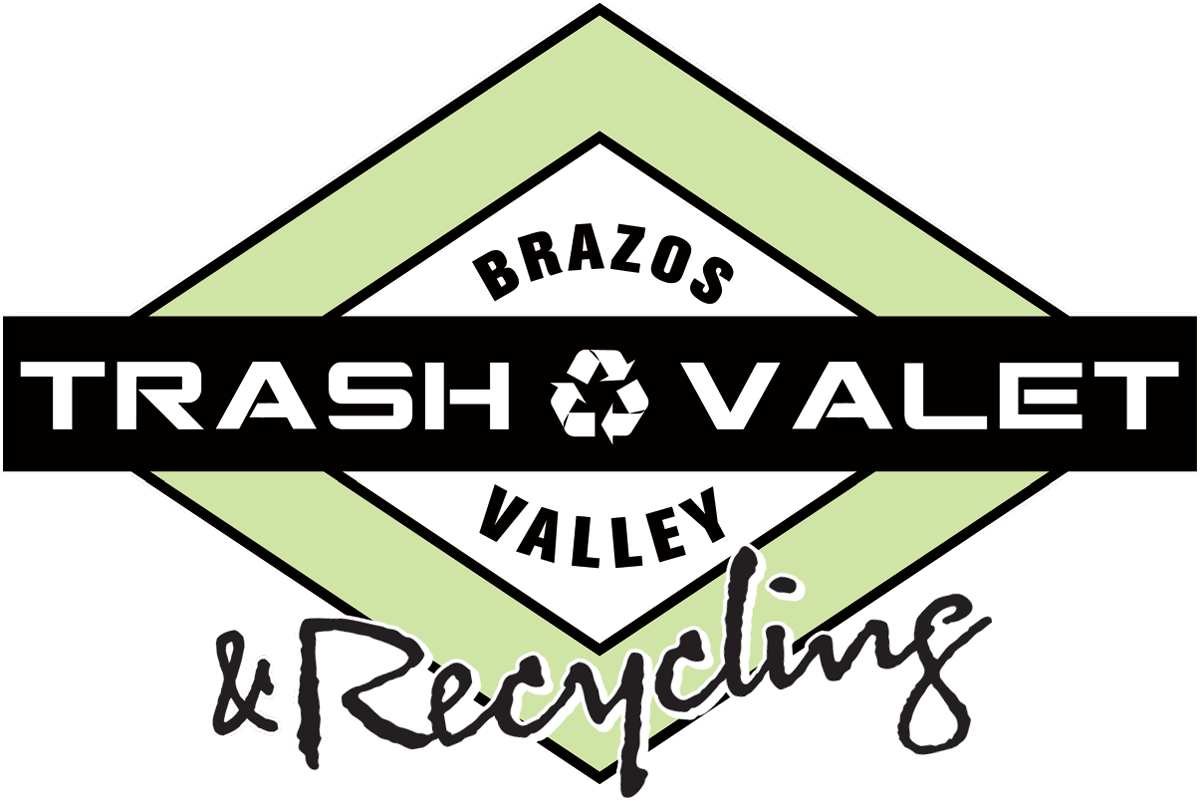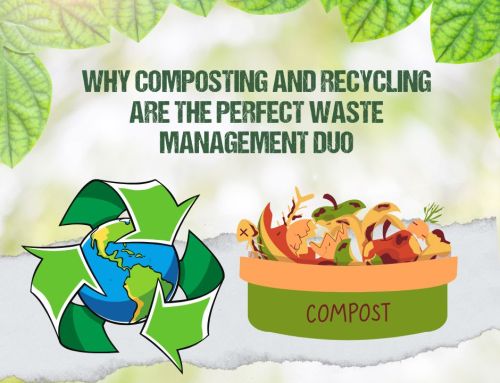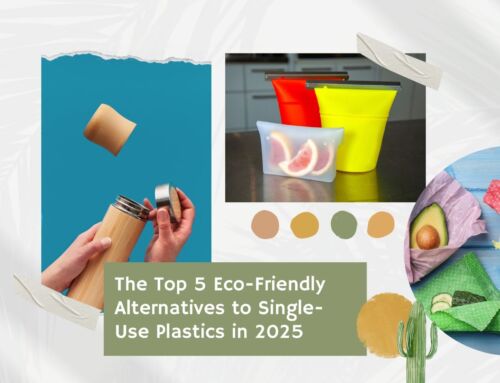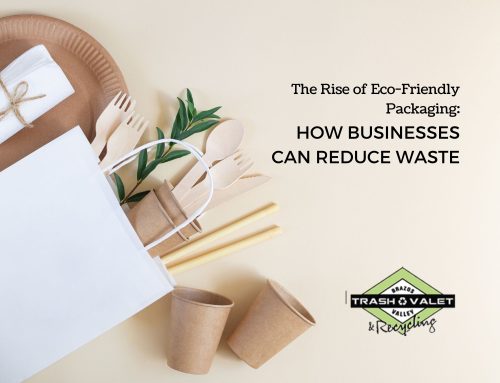Why Plastic is a Problem for Our Waterways
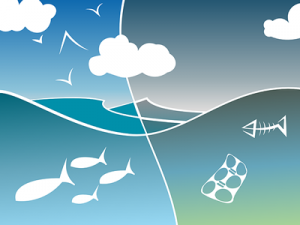 Out in the Pacific Ocean, there’s what’s known as the Great Pacific garbage patch or the Pacific Trash vortex. It consists of mostly plastic. Sometimes it’s about the size of Texas, but it can be bigger or smaller depending on the currents and winds. It sounds like it would look like a big island of trash in the ocean, but it isn’t very dense. That’s because it is made of small particles that are hard to see. You could sail over it and not even notice.
Out in the Pacific Ocean, there’s what’s known as the Great Pacific garbage patch or the Pacific Trash vortex. It consists of mostly plastic. Sometimes it’s about the size of Texas, but it can be bigger or smaller depending on the currents and winds. It sounds like it would look like a big island of trash in the ocean, but it isn’t very dense. That’s because it is made of small particles that are hard to see. You could sail over it and not even notice.
Why does it matter to us in Central Texas? Because it shows how litter can turn into a big problem.
Where plastic particles come from
Plastics are subject to photodegradation. That means they break down when exposed to sunlight. When something plastic floats out into the ocean, there isn’t much shade to protect it so the photodegradation can be accelerated.
This can affect our local waterways, too. When plastic floats into an open lake or just sits in a stream it can start to break down. The small plastic particles are dangerous for fish and small aquatic creatures.
Cleaning it up
We’ve known about the garbage patch since the 1980’s. Why is it still there? Well, trash keeps finding its way to the ocean. Also, any cleanup effort should be safe for the aquatic life in the area. Methods that are being tried include using booms to gather and direct the particles.
Even if the gyre like the Great Pacific garbage patch is cleaned, there’s still the problem of preventing it from reforming. That would require that no more plastic gets into the oceans.
One thing we can do here in Brazos Valley is make sure we recycle our plastic. There are trash and recycling services in College Station that can help you out if you live outside the city limits.
Another thing we can do is take part in clean-up efforts involving our local waterways. Some cities let you adopt a creek like you would adopt a highway. It’s all part of the Keep Texas Beautiful campaign.
What we can learn from the garbage patch
Keeping our Central Texas waterways clean is not just aesthetically pleasing, it also helps wildlife. Small aquatic lifeforms are adversely affected by plastic in the water. That can have impacts all the way up the food chain to us. We could end up eating fish that have been eating food laced with trash. That doesn’t sound very healthy or appetizing. So, to keep our food supply clean, we need to keep our water clean. That means policing our plastic and not letting it go to the wrong place.
What should we do with our plastic?
Plastic should be recycled. When you put it out on the curb for residential pickup, it should be in a secure clear bag. If the bag were to open, plastic debris could escape. It also doesn’t hurt to bring a little bag with you when you visit some of our beautiful city and state parks. You can pick up loose trash before it becomes a danger to wildlife.
Share This Story, Choose Your Platform!
Why Plastic is a Problem for Our Waterways
 Out in the Pacific Ocean, there’s what’s known as the Great Pacific garbage patch or the Pacific Trash vortex. It consists of mostly plastic. Sometimes it’s about the size of Texas, but it can be bigger or smaller depending on the currents and winds. It sounds like it would look like a big island of trash in the ocean, but it isn’t very dense. That’s because it is made of small particles that are hard to see. You could sail over it and not even notice.
Out in the Pacific Ocean, there’s what’s known as the Great Pacific garbage patch or the Pacific Trash vortex. It consists of mostly plastic. Sometimes it’s about the size of Texas, but it can be bigger or smaller depending on the currents and winds. It sounds like it would look like a big island of trash in the ocean, but it isn’t very dense. That’s because it is made of small particles that are hard to see. You could sail over it and not even notice.
Why does it matter to us in Central Texas? Because it shows how litter can turn into a big problem.
Where plastic particles come from
Plastics are subject to photodegradation. That means they break down when exposed to sunlight. When something plastic floats out into the ocean, there isn’t much shade to protect it so the photodegradation can be accelerated.
This can affect our local waterways, too. When plastic floats into an open lake or just sits in a stream it can start to break down. The small plastic particles are dangerous for fish and small aquatic creatures.
Cleaning it up
We’ve known about the garbage patch since the 1980’s. Why is it still there? Well, trash keeps finding its way to the ocean. Also, any cleanup effort should be safe for the aquatic life in the area. Methods that are being tried include using booms to gather and direct the particles.
Even if the gyre like the Great Pacific garbage patch is cleaned, there’s still the problem of preventing it from reforming. That would require that no more plastic gets into the oceans.
One thing we can do here in Brazos Valley is make sure we recycle our plastic. There are trash and recycling services in College Station that can help you out if you live outside the city limits.
Another thing we can do is take part in clean-up efforts involving our local waterways. Some cities let you adopt a creek like you would adopt a highway. It’s all part of the Keep Texas Beautiful campaign.
What we can learn from the garbage patch
Keeping our Central Texas waterways clean is not just aesthetically pleasing, it also helps wildlife. Small aquatic lifeforms are adversely affected by plastic in the water. That can have impacts all the way up the food chain to us. We could end up eating fish that have been eating food laced with trash. That doesn’t sound very healthy or appetizing. So, to keep our food supply clean, we need to keep our water clean. That means policing our plastic and not letting it go to the wrong place.
What should we do with our plastic?
Plastic should be recycled. When you put it out on the curb for residential pickup, it should be in a secure clear bag. If the bag were to open, plastic debris could escape. It also doesn’t hurt to bring a little bag with you when you visit some of our beautiful city and state parks. You can pick up loose trash before it becomes a danger to wildlife.
